A Visit To Delhi’s Toilet Museum Will Leave You Both Informed & Amazed
Bindeshwar Pathak, the founder of Sulabh International, set about trying to collect all the information he could about toilets from across the world for his dream project: a toilet museum. Here you can find information about kings who had their thrones fitted with commodes, how elephants were potty-trained, toilets that can massage constipation away, and toilet models that range from the mundane to the ornamental to the bizarre.
Established in 1992, the collection includes a commode shaped like a treasure chest (used by the English when out camping, with the express purpose of fooling robbers), some more modern varieties of commodes that look like a printer/fax machines, a toilet in the form of a stack of books, a toy-commode from China, and even an electric toilet from USA. A highlight is the replica of the throne of French King Louis XIV (1638-1715), which also served as a toilet seat.
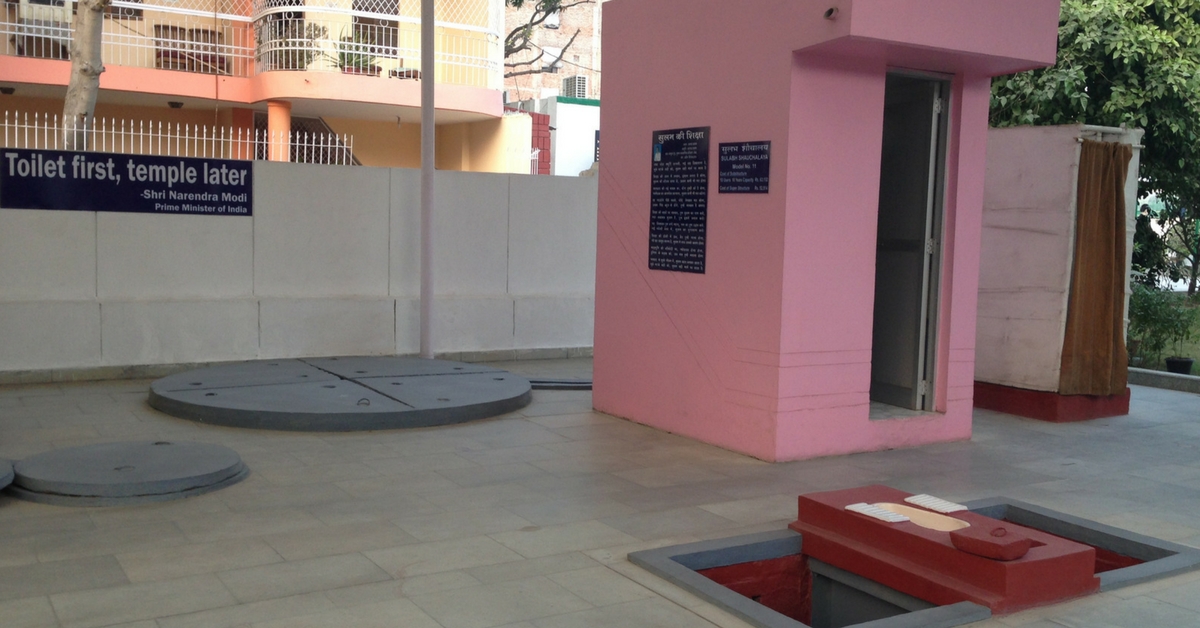
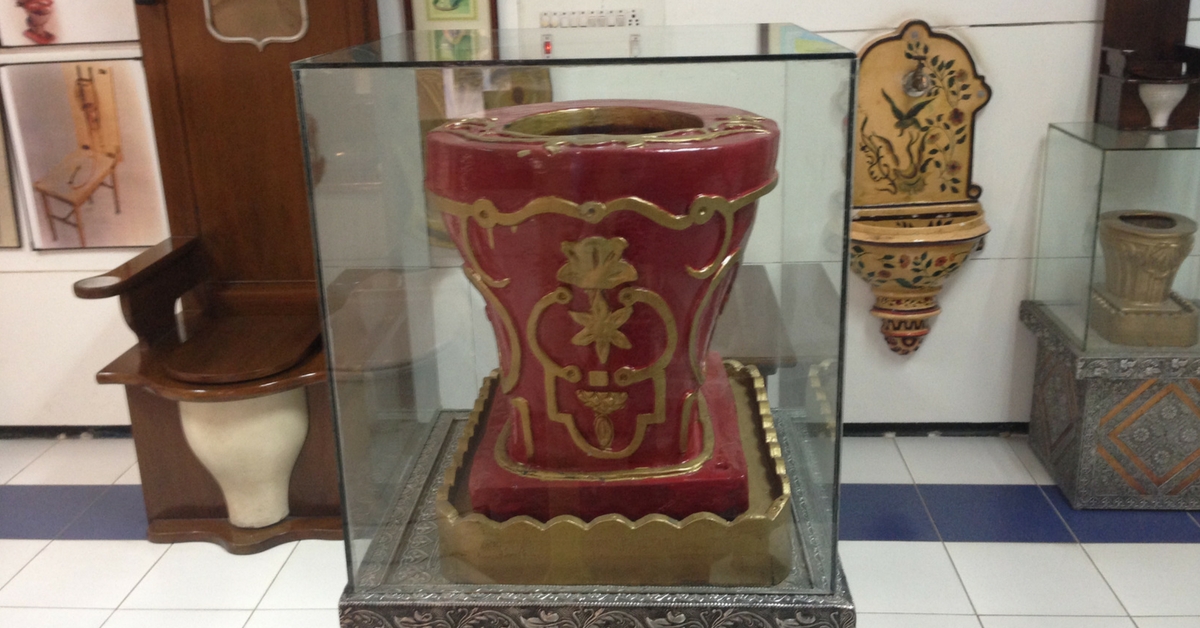 For history aficionados, the place is a treasure trove of information containing hidden gems about the use of toilets through the ages, including how the lack of toilets brought the downfall of Persians against the Greeks in the 3rd Persian War in 480 BC. Many of the Persians apparently perished in a plague caused by the improper disposal of their excrement. Roman Emperor Heliogabas was assassinated in a toilet in 222 AD. Not many people would know that the ancient Hindu scriptures of Manusmriti and Vishnupuran lay out different sets of “toilet etiquettes” for married and unmarried people, or that they even list such recommendations.
For history aficionados, the place is a treasure trove of information containing hidden gems about the use of toilets through the ages, including how the lack of toilets brought the downfall of Persians against the Greeks in the 3rd Persian War in 480 BC. Many of the Persians apparently perished in a plague caused by the improper disposal of their excrement. Roman Emperor Heliogabas was assassinated in a toilet in 222 AD. Not many people would know that the ancient Hindu scriptures of Manusmriti and Vishnupuran lay out different sets of “toilet etiquettes” for married and unmarried people, or that they even list such recommendations.
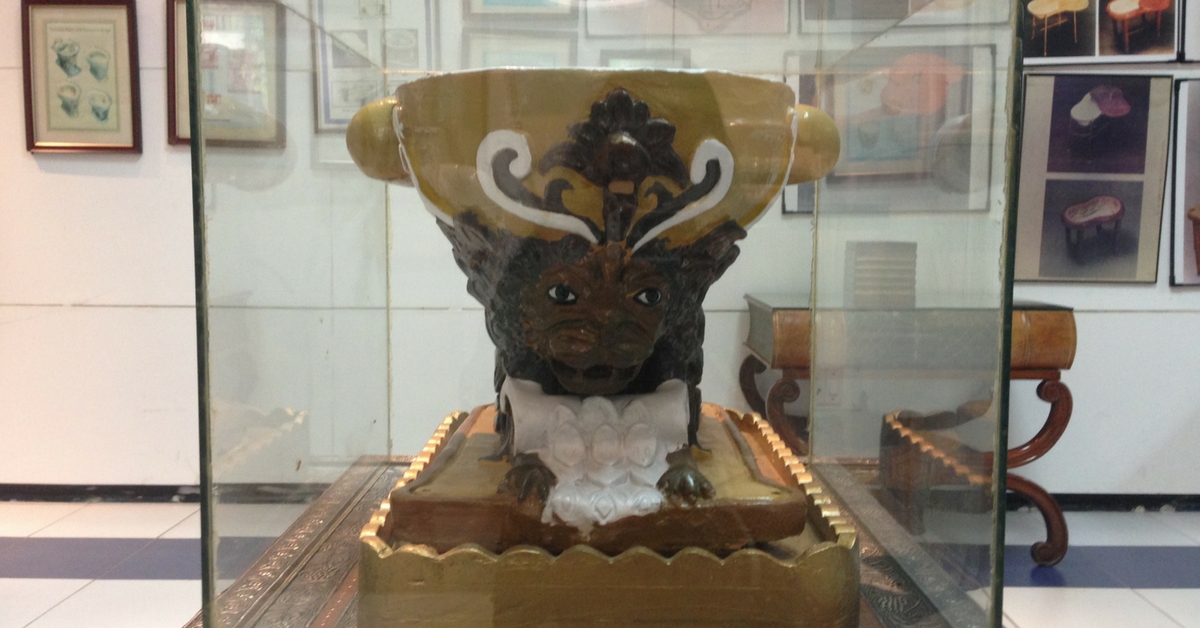
Literature lovers may want to check out the section dedicated to literature inspired by the activity of defecating. There are also remedies for constipation, a display of tacky toilet signs, and information about the most expensive toilet in the world.
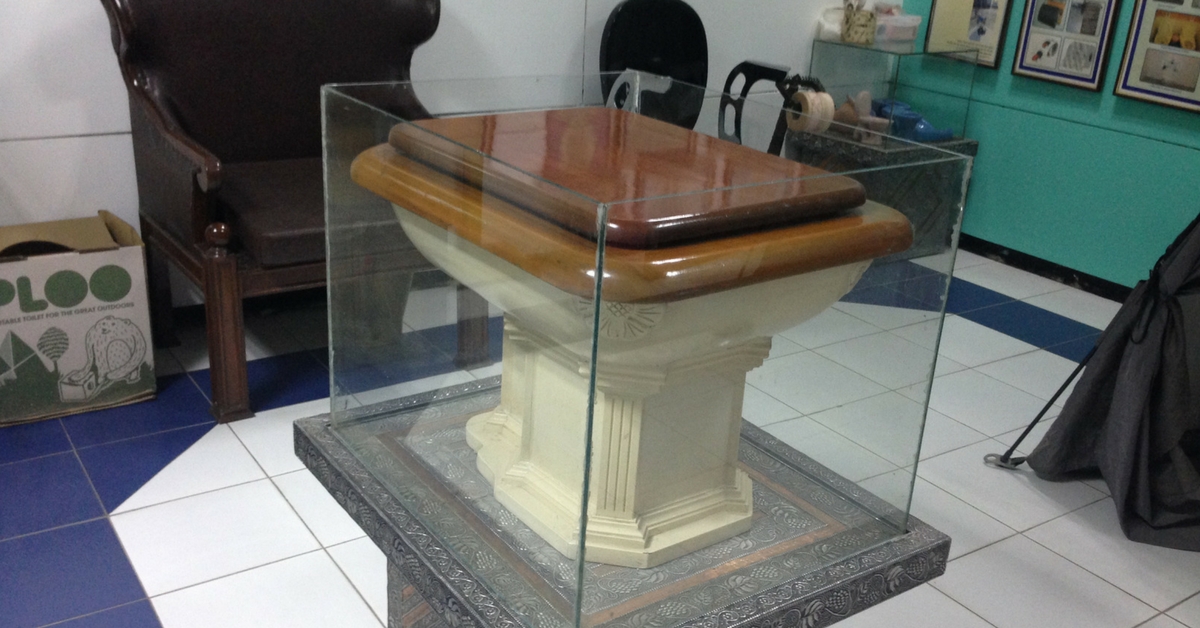
The walls are dedicated to the history of sewage systems and toilets, displayed chronologically from the ancient, medieval to the modern eras. The museum documents how the development of sanitation facilities parallels the development of civilization – from chamber pots that were cleaned manually to toilets installed on the top floors of houses that would deposit the waste into rivers and ditches below.
The 19th century was known as the “Century of the Toilet,” because of the rapid development in sanitation facilities. Over time, some inventors went beyond the requirements of comfort when creating designs for heeding the call of nature. In 1929, an American electrician patented a seat that was warmed using electricity.
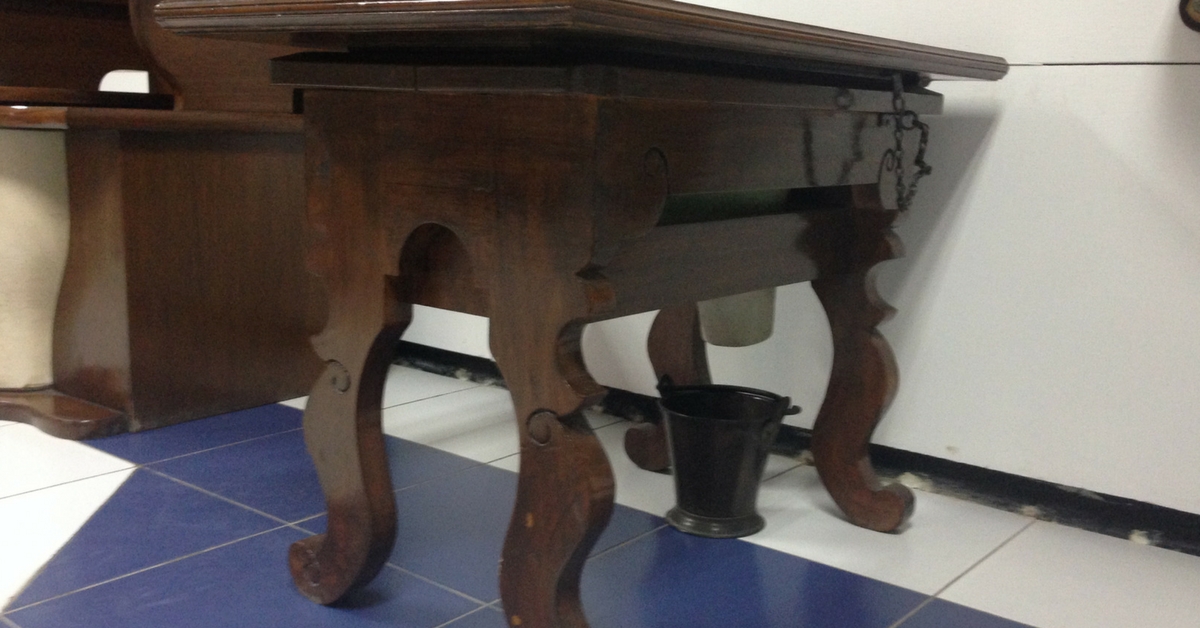
In India, public toilets were constructed only in 1940, but were soon rendered unusable because of lack of maintenance. The courtyard outside the museum exhibit models of toilets developed by Sulabh International that are used across India today, as the country wages a battle against open defecation.
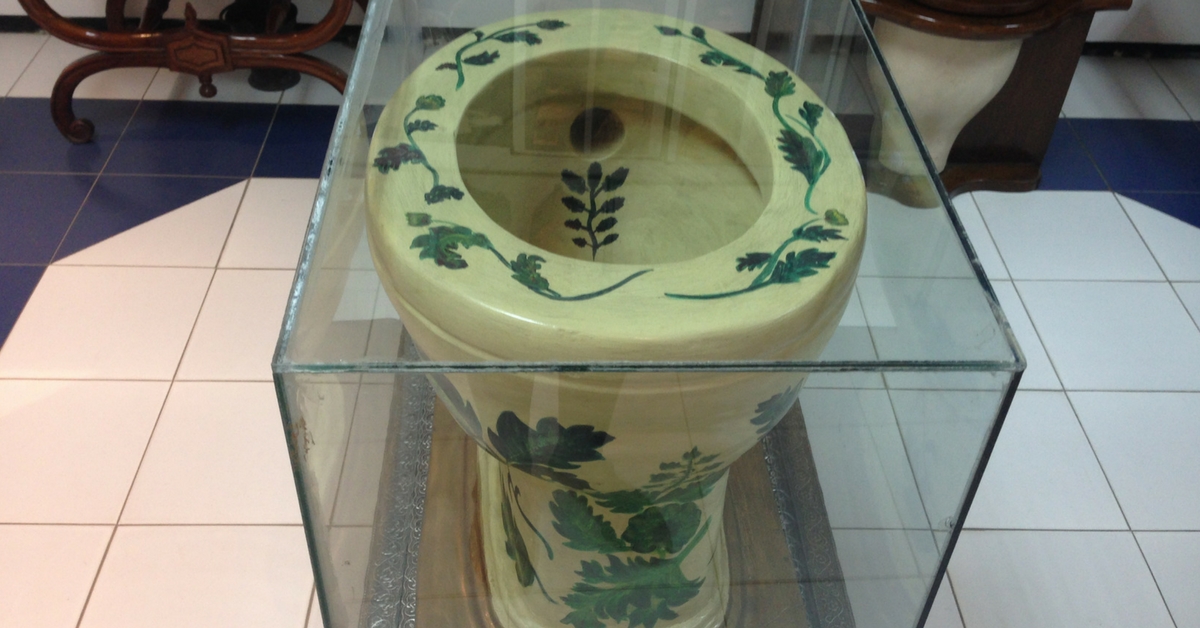
The museum is open every day, except on national holidays, from 10:30 am to 5 pm during winter (Nov 1 to Mar 30) and from 10 am to 5 pm in summer (Apr 1 to Oct 30).



















